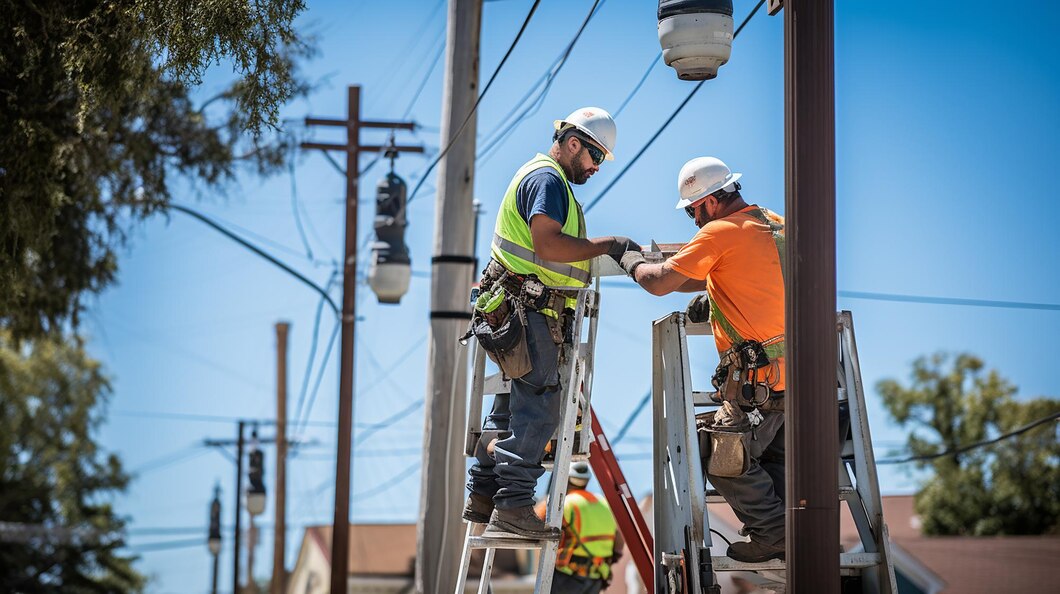When you look at your electricity bill, have you ever wondered why prices are different? You might ask, why do some people pay more, and others pay less? The truth is, many reasons affect electricity rates.
If you’re looking to find a better deal, it can help to compare energy plans from different providers. Understanding why rates vary can also make choosing the best plan easier.
In this post, we’ll look at why electricity providers offer different prices.
What Are Electricity Rates?
Electricity rates are the prices charged by your energy company. They are what you pay for using electricity at home. Rates can depend on many things, like how much power you use or what kind of energy plan you have. Some people pay a fixed rate, which means they pay the same price no matter what. Others have a variable rate, which changes depending on the time of day or year.

Types of Electricity Rates
There are two main types of electricity rates:
- Fixed Rates: You pay the same price for each kilowatt-hour (kWh) of electricity.
- Variable Rates: The price changes depending on different factors like demand or time of day.
Why Do Providers Charge Different Rates?
There are many reasons why electricity providers charge different prices. Let’s look at some of the most common ones.
1. Location
Where you live can impact your electricity rates. In some areas, it costs more to send electricity because of the distance or the type of infrastructure needed. Cities with many homes close together might have cheaper electricity because it’s easier to send power there. On the other hand, rural areas might have higher costs because they are farther away from power plants.
2. Energy Sources
Electricity comes from different sources like coal, natural gas, solar, and wind. The type of energy your provider uses can affect the price. For example, renewable energy from wind or solar can sometimes be cheaper. But, if fossil fuels like coal are used, the price might be higher, especially if fuel costs rise. So, the energy source matters a lot.
3. Peak and Off-Peak Hours
Electricity rates can change depending on the time of day. Providers usually charge more during “peak hours,” which is when everyone uses more electricity. This is usually in the evening when people come home from work. In contrast, “off-peak hours” have lower prices because fewer people are using electricity.
4. Competition
In areas where many electricity providers compete, prices tend to be lower. Companies try to offer better rates to attract customers. On the other hand, in areas with only one or two providers, prices may be higher because there’s less competition.
If you’re trying to save money, it’s smart to do an electricity compare to find the best rate.
5. Government Regulations
In some places, the government controls electricity rates. This can help protect customers from extremely high prices. But, it also means rates might not go down even if the cost of energy goes down. In other areas, the government doesn’t set rates, and companies are free to charge whatever they want, which can make prices vary.
6. Usage Amount
How much electricity you use can affect your rate. Some providers offer discounts if you use a lot of electricity, while others charge more. Also, some plans charge different rates for different levels of usage. For example, you might pay one price for the first 500 kWh you use, and a different price for anything above that.
7. Contract Length
The length of your energy contract can also change the price you pay. If you sign a long-term contract, you may get a lower rate. Short-term contracts or plans with no contracts might cost more. It’s important to read the fine print of any energy plan.
How Can You Find the Best Electricity Rate?
Finding the best rate can seem hard, but it doesn’t have to be. Here are a few simple steps you can follow.
1. Compare Plans
The best way to find a good deal is to compare different plans. This way, you can see which provider offers the best rates for your needs. Make sure to check both fixed and variable rates, as well as any special offers or discounts.

2. Look for Discounts
Many providers offer discounts for paying on time or using less energy. Check if you qualify for any discounts before signing up for a plan.
3. Read Reviews
Before choosing a provider, read reviews from other customers. This can help you find out if the company is reliable and if their rates are fair.
4. Check for Hidden Fees
Sometimes, the rate you see isn’t the total price you’ll pay. Make sure to check for any hidden fees, like connection or cancellation fees. These can add up and make a plan more expensive than it seems.
Final Thoughts
Electricity providers charge different rates for many reasons. Your location, energy source, and the time of day all play a role. Understanding these factors can help you choose the best energy plan. Always compare energy plans before making a decision.
Key Takeaways:
- Location, energy source, and peak hours all affect electricity rates.
- Comparing plans helps you find the best deal for your home.
- Discounts and hidden fees can change how much you actually pay.
In the end, it’s important to understand why rates are different so you can choose the best plan for you. By taking a little time to compare, you could save a lot of money on your electricity bill!





